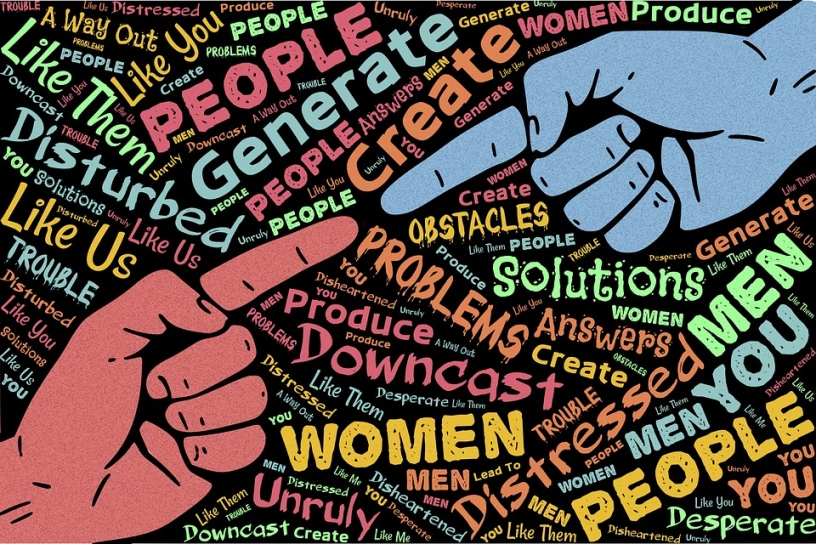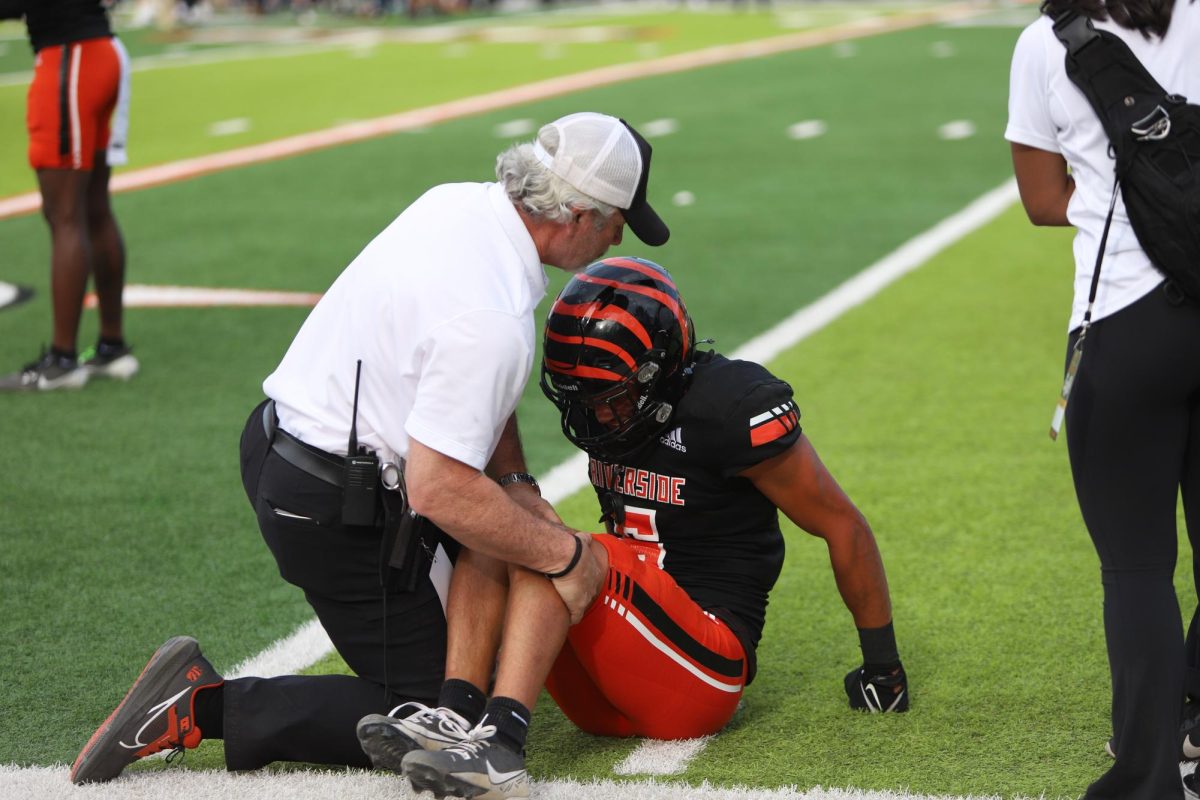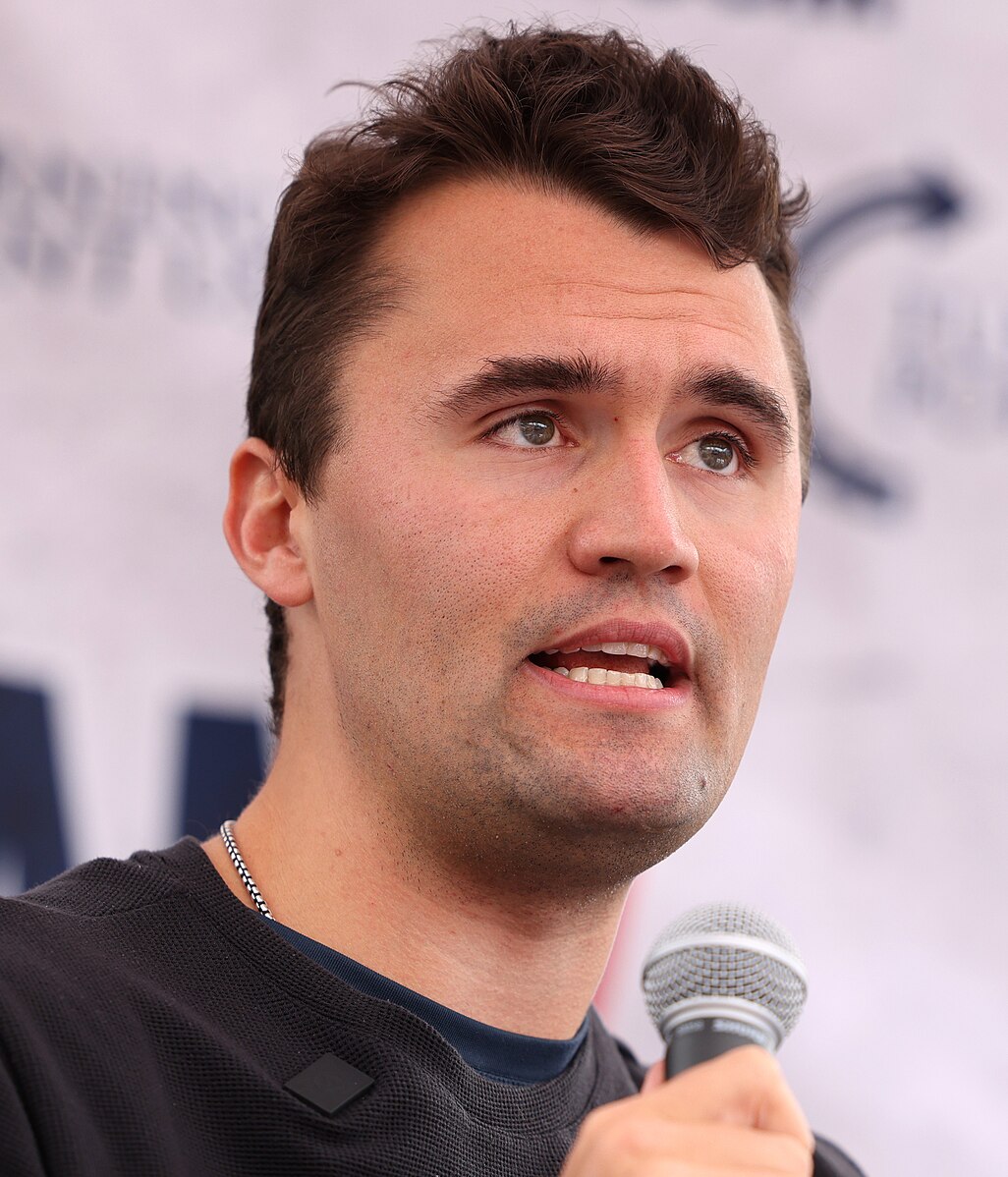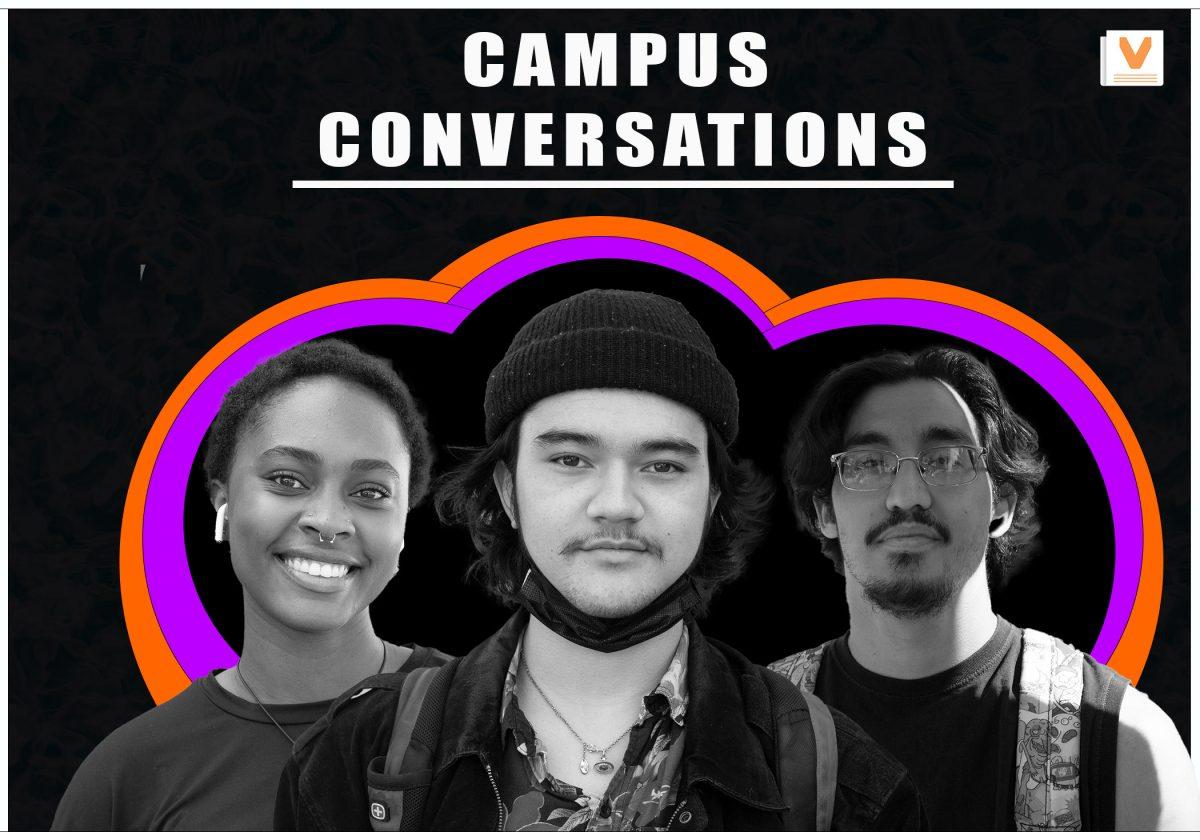Today, students in one of the most liberal states in the U.S. are fed information instead of being prompted to critically analyze the topics and issues that most concern them.
High schoolers within the Corona Unified School District in Southern California spend six hours of their days at school. In those few hours, nothing about racism, book banning, global wars, pandemics, school shootings, cancel culture, gender norms or sexism is discussed.
However, students will learn about everything from calculus to the revolutions of 1848, but current events and controversial issues are avoided. Although teachers and educators have the right to freedom of speech within and outside of classrooms, they withhold students from exploring vital information about the world they exist in.
I believe the answer to why educators have avoided such necessary discussions is the fear of pushback from parents and conservative lawmakers. This fear has kept students from knowledge that can empower, validate and acknowledge their opinions as being valued. The bigger question that needs to be answered is whether those in power are willing to let that fear drive the future of this country into ignorance?
An interview with Sarah Noé and Ashley Heath, English teachers in the district reinforced my belief that others share my views. When prompted on whether she believes students benefit from discussing controversial issues in an educational setting Ms. Noé stated, “Definitely, I think that students need to be taught how to sift through media and how to access certain sources and to think critically.” Ms. Heath responded to the very same question by saying “Yes, because it allows them to hear multiple perspectives when forming their own opinions.” I strongly agree, and I do not believe we are alone in this belief.
Parents may feel that their children should be allowed to enjoy their schooling without concern over issues that do not impact them. However, it is important to note that students have access to such information through technology and media.
A study conducted by Common Sense Media states that “66% of the participants trust family as a news source and 49% cited online media, such as social networking sites, websites and mobile apps as their source for news.”
By creating an environment where controversial issues are avoided, educators are preventing students from receiving credible information and from processing these issues in a safe and protected space.
According to an article by the National Council for Social Studies, Kawashima-Ginsberg and Junco found that “… either concomitantly with or as a byproduct of residential self-sorting, the media ecosystem roughly follows the overall polarization trend.” This goes to show that today’s media does not accurately portray the nuanced perspectives that students need in order to form their own opinions based on varied sources of information. Instead it presents highly opinionated articles that feed into students’ biases and preferences.
Rather than expanding student’s narrow ideas about a certain issue, the media will elicit a positive reaction from users by presenting them with perspectives that match their views. Students that will not be forced out of their comfort zones, will likely develop an affinity for the ideas they have already established for such core issues, and will never feel the need to expand or change their views because their opinions have never been challenged by the media or otherwise.
The media does not only force students into information bubbles, but it also elicits blind acceptance rather than critical thinking.
Neil Postman, an author, educator and media theorist referred to the modern-day in his book Amusing Ourselves To Death, as a peek-a-boo world where “facts push other facts into and out of consciousness at speeds that neither permit nor require evaluation.”
Without practice at an early age, students will grow habituated with blindly accepting and believing the information those few sources they rely so heavily on are presenting. This blind acceptance is dangerous as it builds a future of adults with no ability to comprehend information for themselves or develop beliefs based on a varied number of sources with a multitude of perspectives.
Students need to feel free to have such open discussions with their peers. Otherwise, it becomes a cycle of fear and ignorance that leads students to become close-minded and avoidant.
Citizens of this democratically based nation need to have the skills to think for themselves so that they may vote on important bills and elections with their own conviction. More importantly, students need to feel that their voices and opinions matter, that the teachers and educators they look up to care about what they have to say. Without the encouragement of educators students are less likely to feel an importance towards controversial issues, they are less likely to protest, less likely to vote, less likely to use their voices and perspectives to raise awareness and incite change.
Fear is the only thing holding students back from a future where they can use their voices, to share their views, and have the knowledge that their opinions matter. One classroom is all it takes. One classroom where students feel connected to the world around them.







